It’s debatable whether Fullbright’s GONE HOME created a genre, but it is without a doubt responsible for the inception of the phrase “walking simulator.” Four years and one engine overhaul later, and the game is still held up as the standard for which all interactive environmental storytelling is measured against. This isn’t to disparage its successors: OXENFREE dissolved the line between cinematic and exploration-based narratives, and time will tell how history will remember this year’s exceptional WHAT REMAINS OF EDITH FINCH. Rather, I want to stress the effectiveness, specificity, and poignancy of that depiction of one girl’s adolescence. It’s an achievement in storytelling and design whose influence can be felt throughout the industry. Heck, even the newest Resident Evil features a healthy amount of rummaging through desks and inspecting photographs.
To put it lightly, I couldn’t wait to see what Fullbright had prepared with TACOMA, a game that can be most easily be described as “GONE HOME in space.” This is admittedly a simple comparison, because while extrapolating information based off of environmental clues is still a central element, there are multiple factors at play that distinguish TACOMA from its predecessor, science-fiction scenery aside. But with massive shoes to fill and years of hype to deliver on, TACOMA has more than its fair share of work set out for it. So is TACOMA a revolution in gaming to rival GONE HOME? In all likelihood, no, but that doesn’t stop it from being a singular and affecting experience in its own right.
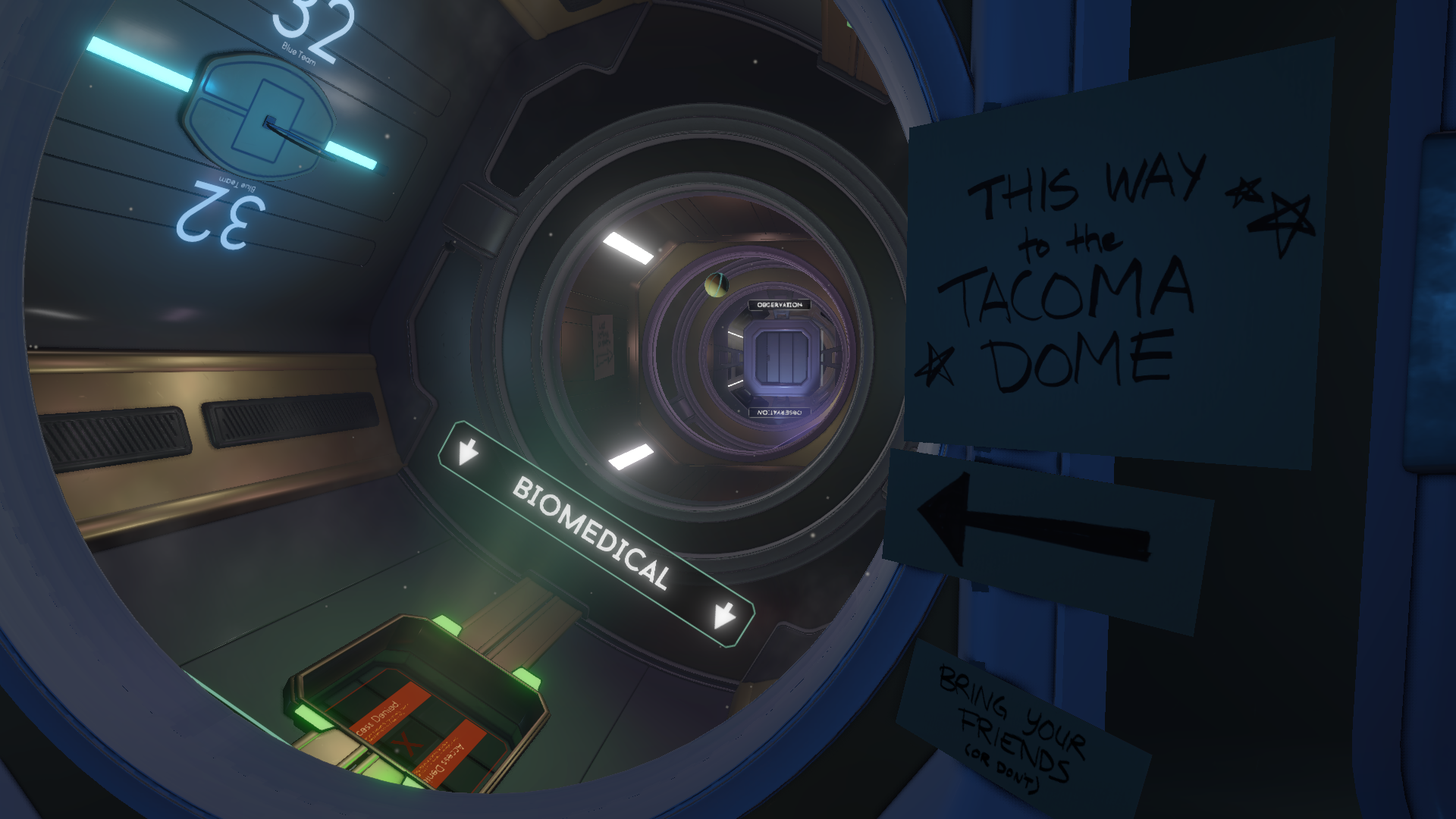
Gone Dome
Like with GONE HOME, to explain more than the bare essentials of TACOMA’s premise would ruin the magic. All you need to know is that you are Amy, a contractor assigned to recover the AI black box from the titular space station after a malfunction caused the crew to evacuate. In their haste to abandon ship, the inhabitants left all of their belongings behind, which the curious player is more than welcome to rifle through to gain some insight on their owners. Additionally, Tacoma’s AI provides audio recordings and crude holographic depictions of the astronauts from various moments over the past week. Naturally, people tend to meander in a station of Tacoma’s size, and it’s impossible to follow all of the recordings at once. Replaying each scene from different positions and following different characters is necessary to get the full picture.
With this concept, TACOMA feels like half-walking sim, half-interactive theater. Surprisingly, the presence of a direct feed to what transpired does little to tarnish the feeling of discovery that GONE HOME’s brand of environmental storytelling so excels at. Most of the information illuminating what went wrong on the station, and what exactly happened to the people on it, is provided by these spectral holograms while completing the tasks that are mandatory for completing the game. However, what drives and motivates each of the crew is only revealed if you take the time to investigate the smaller details. TACOMA follows the genre convention of “you get out what you put in.” Obviously, not everyone is who they first appear to be, and those quiet moments of revelation you get after reading a letter in the trash or snooping through a chatlog are all still present.
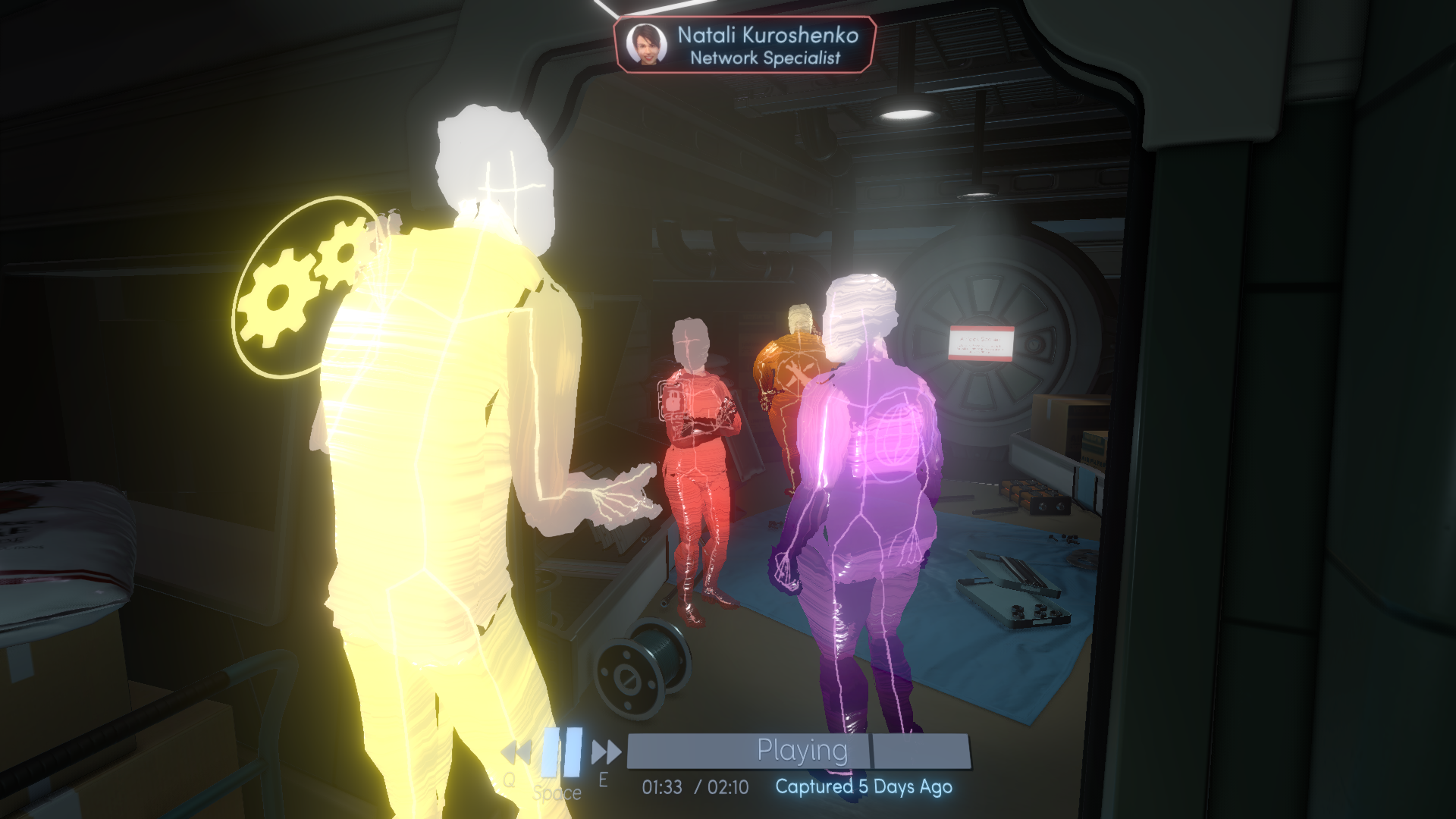
“Guys, what’s the deal with space food anyway?”
Even though the space station lacks the labyrinth complexity of GONE HOME’s Greenbriar Mansion, it’s safe to say the one arena where TACOMA is indisputably superior is world-building. Recreating 1995 with the aid of player nostalgia and historical context is hard enough as it is, but envisioning 2085 is an entirely different matter. TACOMA’s personal tale is driven by the times, and the future Fullbright envisions is rather oppressive. I’m not even talking about the grim implications of the “EUSSR” and a Balkanized USA, but rather the infinite smallness the individual assumes in a globalized, corporately-dominated economy, and how eerily reminiscent this dystopia is to the real world. This is a world where Amazon and Taco Bell dictate who and what you’ll be from childhood, and you will never play a game where Carnival Cruise Lines wields such terrifying control over characters’ lives. The really impressive feat is that TACOMA is able to set this stage within the three-and-a-half hour average playthrough time, and that it does all of it without ever making the player feel like an idiot.
That being said, it is TACOMA’s own scope that ends up holding it back from perfection. TACOMA is about as long as GONE HOME, but in that space it attempts to tackle a far greater number of themes with over twice the number of characters (all while in a sci-fi setting, mind you). It’s a lot of assets to juggle at once, and while TACOMA does play favorites, none of these actors are ever given the same level of attention as GONE HOME’s central subject. There is also a noticeable lack of interpersonal drama at play, which is puzzling considering the number of moving parts, as well as considering how seamlessly GONE HOME blended internal and external conflict. I wonder what would happen if Fullbright had diverted the resources dedicated to creating their vision of the future to instead fleshing out their cast? TACOMA’s story isn’t so ambitious that it couldn’t work in such a truncated timespan, but it feels as if concessions had to be made in order to make room for the sci-fi universe.
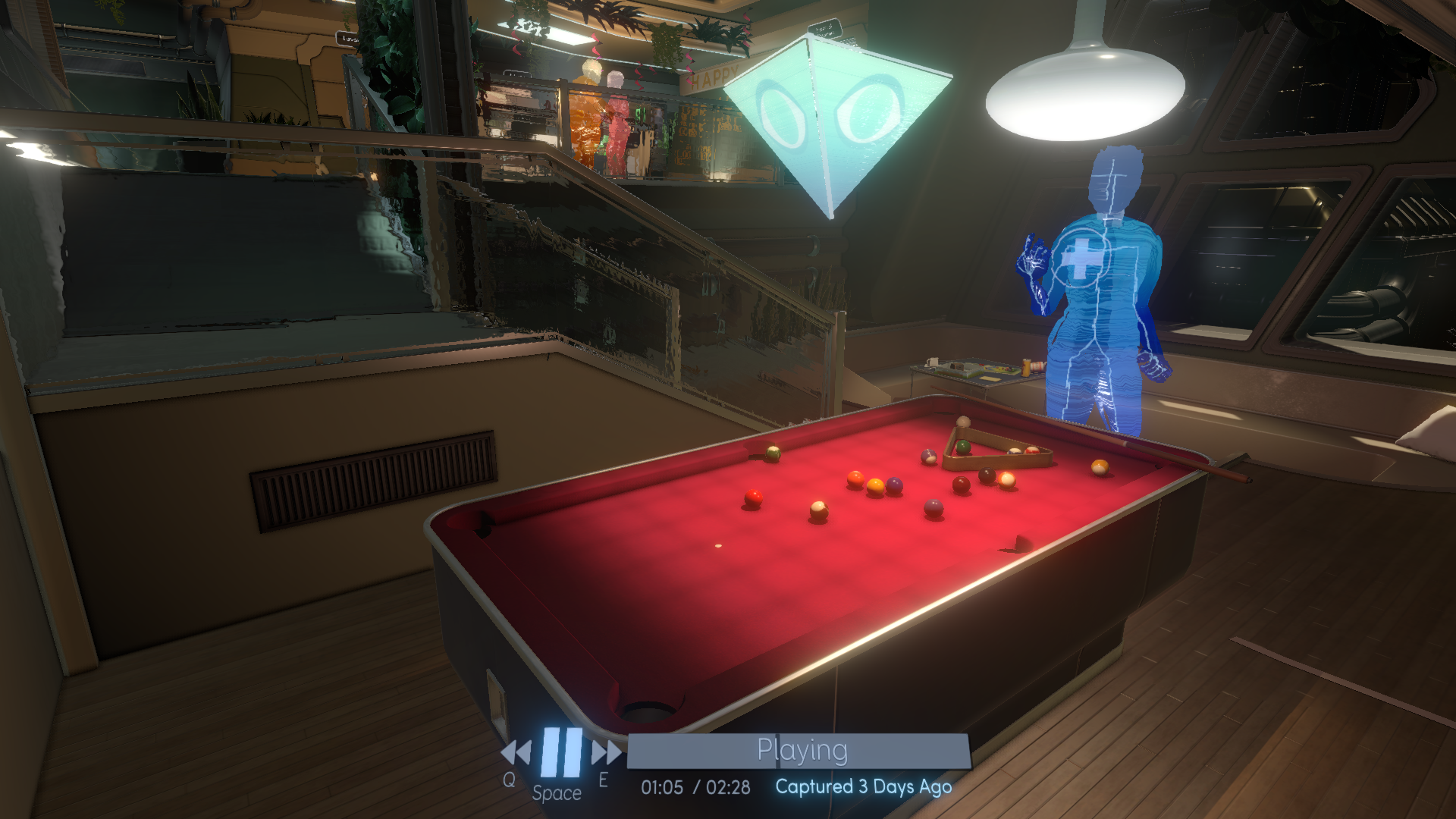
Bar Games DLC release date TBA
The one component that feels completely out of place is the player themself. Amy’s role in the game is so incongruous to much of the plot that it makes it a challenge to relate to anything or anyone. There is certainly a voyeuristic aspect to walking simulators, but almost always with context. In both EDITH FINCH and GONE HOME, you are returning to your childhood residence, and the stories of the people who cohabitated those spaces with you are as much yours as they are theirs. In THE VANISHING OF ETHAN CARTER, you are a detective idolized by the eponymous missing person, whose persona shapes him as much as it foils your true self. In TACOMA, you are essentially a janitor: your presence is purely custodial and your snooping is more out of bored curiosity than genuine attachment. By the time the credits rolled, I didn’t really know anything more about Amy than when I started.
I don’t think anyone actually expected TACOMA to surpass GONE HOME in terms of quality, even if that speaks more to the latter than the former. In fact, TACOMA would probably stand out more prominently among 2017’s releases if it weren’t for the inescapable shadow of it’s forefather. It’s almost tragic how TACOMA will never be discussed without also referencing GONE HOME, especially since it’s no fault of the newer entry. It has its flaws, but nothing that will prevent the player from being enraptured the tale it tells. The setting and crew of the station were all intriguing enough to capture my full attention for the duration of my brief visit, and I left the game with an overwhelming sense of satisfaction and contentment. If you’re looking for an intense fight for survival or a heart-wrenching journey of self-discovery, this adventure may leave you wanting. That being said, if you want a feel-good tale in a lovingly constructed world, you’d be hard pressed to do better than TACOMA.
Verdict: Recommend
Reviewed on PC


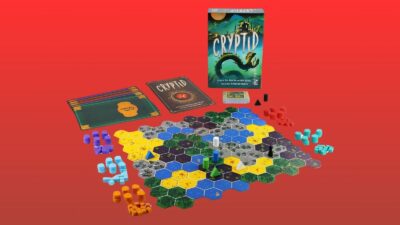
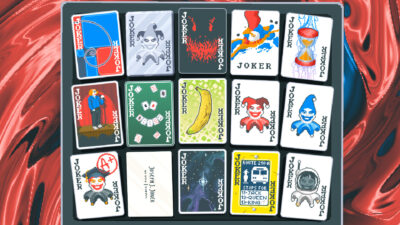
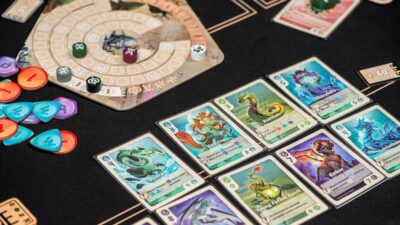
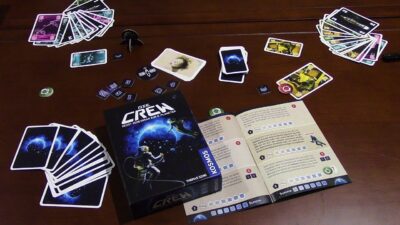







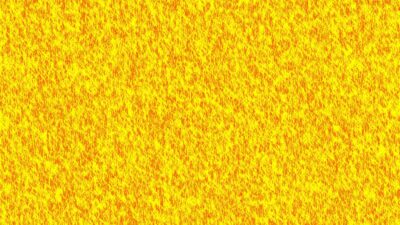


Comments